Mapping PsychoGeographies
Getting outside and making maps with just about no technology
This material is aimed at students using Making Maps: A Visual Guide to Map Design for GIS but is certainly a joy for anyone to peruse and engage.
The world is a complex place chock full of stuff. Maps typically show only a few things. The point is, we can map out just about anything we can give a location (even vague locations). You will collect data for and map out stuff you encounter.
The inspiration here is psychogeography.
“the study of the precise laws and specific effects of the geographical environment, consciously organized or not, on the emotions and behavior of individuals.”
diverse activities that raise awareness of the natural and cultural environment around you
attentive to senses and emotions as they relate to place and environment
serious fun
often political and critical of the status quo
Derive: aimless, random drifting through a place, guided by whim and an awareness of how different spaces draw you in or repel you.
Dérive: “A mode of experimental behavior linked to the condition of urban society: a technique of transient passage through varied ambiances.” Situationists used “ambiance” to refer to the feeling or mood associated with a place, to its character, tone, or to the effect or appeal it might have; but they also used it to refer to the place itself, especially to the small, neighborhood-sized chunks of the city they called unités d’ambiance or unities of ambiance, parts of the city with an especially powerful urban atmosphere. Wood “Lynch Debord.”
Guy Debord, Guide Pychogéographique de Paris
“The unities of ambiance appeared on the map as fragments of commercial street maps carefully cut out to indicate each unity’s defenses and exits. The psychogeographic slopes were symbolized by red arrows indicating the forces the city exerted on drifters freed from other motivations for moving: drifters would be pulled in the direction of the arrows from one unity of ambiance to another. The weight, shape, and patterning of the arrows indicated the lengths and strengths of the psychogeographic slopes.” Wood “Lynch Debord.“
Deep Thoughts on Psychogeography…
“Unfold a street map… place a glass, rim down, anywhere on the map, and draw round its edge. Pick up the map, go out in the city, and walk the circle, keeping as close as you can to the curve. Record the experience as you go, in whatever medium you favour.” Robert MacFarlane, Psychogeography: A Beginner’s Guide.
“The production of psychogeographic maps, or even the introduction of alterations such as more or less arbitrarily transposing maps of two different regions, can contribute to … complete insubordination of habitual influences. A friend recently told me that he had just wandered through the Harz region of Germany while blindly following the directions of a map of London.” Debord, Introduction to a Critique of Urban Geography.
“To derive was to notice the way in which certain areas, streets, or buildings resonate with states of mind, inclinations, and desires, and to seek out reasons for movement other than those for which an environment was designed.” Sadie Plant, The Most Radical Gesture.
“The sudden change of ambiance in a street within the space of a few meters; the evident division of a city into zones of distinct psychic atmospheres; the path of least resistance which is automatically followed in aimless strolls (and which has no relation to the physical contour of the ground); the appealing or repelling character of certain places–all this seems to be neglected.” Debord, Introduction to a Critique of Urban Geography.
“One or more persons committed to the derive abandon, for an undefined period of time, the motives generally admitted for action and movement, their relations, their labor and leisure activities, abandoning themselves to the attractions of the terrain and the encounters proper to it.” McDonough, “Situationist Space.”
“There’s a difference between knowing the Path and walking the Path.” The Matrix.
Ponder and discuss psychogeography. Then do it…
Please review the materials on this page before you go out on your psychogeographic expedition. In particular, the links in part 3 have many useful resources and things to think about (which will lead to a better project)
You can do this alone, but if possible follow the tradition of drifting about in a group. This means you have to contribute positively to a group effort.
On “Engaged Discomfort”: Getting out of your comfort zone is a useful pedagogic strategy. Discomfort (of diverse kinds) leads to physical and mental engagement, which may serve to get your brain going and encourage insight, learning, and understanding. Thus walking about unknown territory and paying attention to sensory and emotional inputs may be uncomfortable at times, but you will get something significant out of the experience. Keep in mind that it is OK to be a bit uncomfortable. However: use your senses and stay out of trouble (at least, stay out of too much trouble).
I. Print out a map (Google, Apple, whatever) of the area around you and draw a circle on it, something like this red potato-esque squiggle. You are going to walk this line in the real world, so adjust the size to fit the amount of time you want to spend. This one is a few hours.
Grab a clipboard, some pens and pencils, and a sheet or two of paper.
II. “Derive” (walk) the Line and Map What You Find
You are the data collection device here.
Pay attention to the environment you pass through using all your senses whilst exploring in-depthly. Look up, down, into things. Lift stuff up, feel stuff, wander aimlessly but with focus and intent. Try to stick to the route within reason.
Have fun. Have terror.
Please don’t kill yourself; e.g., avoid aimless drifting across busy highways, into rivers, into blazing furnaces, etc.
Please look up, also.
III. Include the following features on your map
Annotate your map as you wander. Take photos or videos with your phone if you want.
Collect data from the six categories below.
Please note any deep philosophical insights, curious events, strange encounters, etc.
Remember: you are the data collection device. You may not be good at collecting exact data on temperature or elevation, but you are great at things like smell, sound, touch, and overall feelings about places.
1. The Soundscape: any sounds whatsoever; feel free to wander off your path to investigate any alluring (mysterious, offensive) sounds. Focus, in particular, on sounds that you may not typically notice when zipping through the landscape. Review Mapping Soundscapes and Google Smellscapes. Add “map” to the search.
2. The Smellscape: any smells you notice; again, wander off your path if you find something that attracts (or repels) your olfactory sense. Take a dog along and see if they find anything interesting. Again, note dominant smells, but also pay attention to subtle aspects of the smellscape. Review Mapping Smellscapes and Google Smellscapes. Add “map” to the search.
3. The Touchscape: This one is a bit more challenging. We do notice textures and how they vary through a place: for example when we walk from a lawn to blacktop to concrete. Use your feet (maybe take off your shoes for the walk) and hands or whatever part of your body you want. Think of creative ways to document the touchscape. For example, you could document excellent, ok, and poor feeling places for an outside snooze. Review Mapping Touchscapes and Google Tactile maps.
4. The Tastescape: Even more challenging. We certainly are aware of taste when it comes to food (flavor: a combination of taste and smell), but how do you document the tastescape of a place? This is a real challenge but should result in some creative efforts. I leave it up to you to successfully map the tastescape. Review Mapping Tastescapes and Google geophagy.
5. The Sadly Not Very Often Mapped: Review the selection of maps in Denis Wood’s Atlas of Boylan Heights (blog post link below) and consider mapping at least two items that don’t typically appear on maps. Review Atlas of Boylan Heights
6. The PsychoScape: Finally, in the grand tradition of PsychoGeography, document your overall feelings about the places you move through. Consider some of the following impressions (you can add more): Review Mapping Psychoscapes – examples:
dark - light
tight – open
flowing – constrained
water – stone – pavement – green
cool – warm – hot
welcoming – hostile
playful – serious
social – antisocial
weak – strong
empty – full
old – new
fear – safety
trapped – loose
comfortable – uncomfortable
belong – don’t belong
flat – bumpy
beautiful – plain – ugly
visible – hidden
strange – normal
boring – exciting
distracting – attracting – repelling
happy – sad
walky – drivey
slippery – stable
… and so on
Create symbols for stuff on your map, a map legend where you explain what the symbols mean, and annotate your map with brief explanations of significant experiences.
You may create one map with all your info or a series of maps (if you have too much for one map).
You can use software (whatever!) to compile your data together. Or do it by hand. Whatever you want.
Be creative! Anything goes! The more interesting, the better.
IV. Project Description
In addition to your map or maps, compile a description of your effort: any interesting experiences you had whilst drifting about, and reflections on your experience.



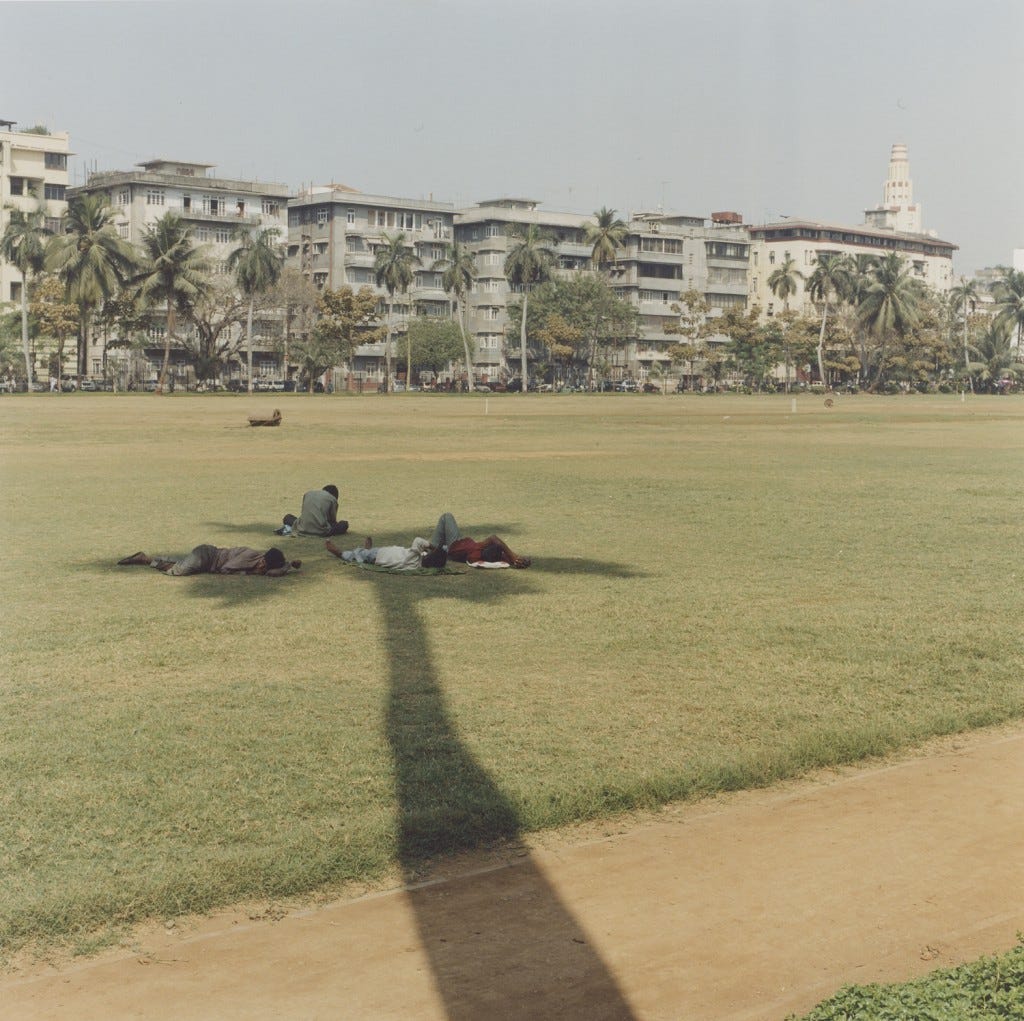

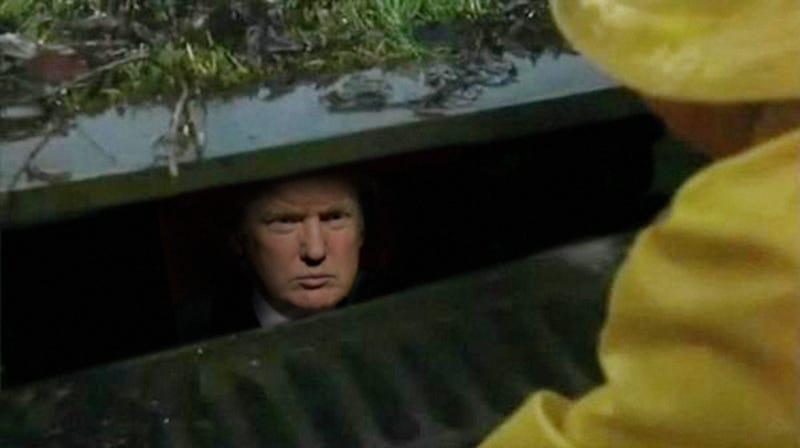
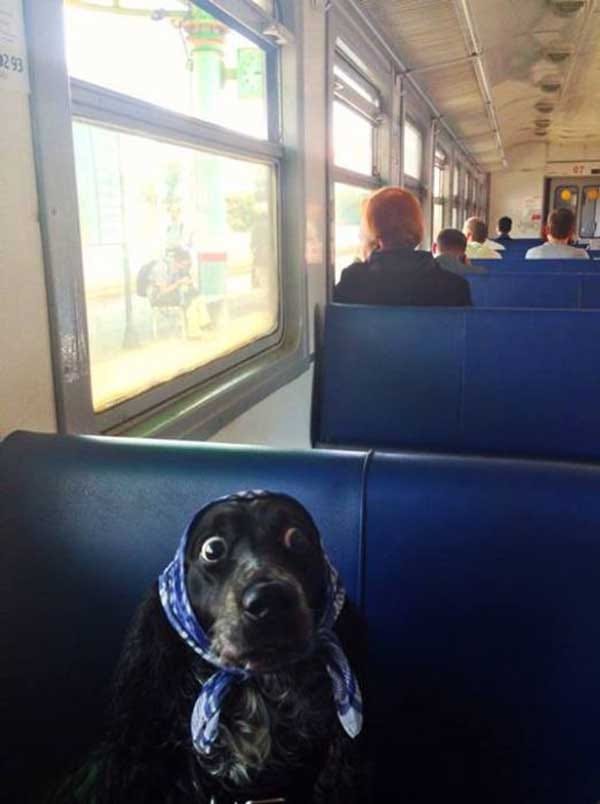
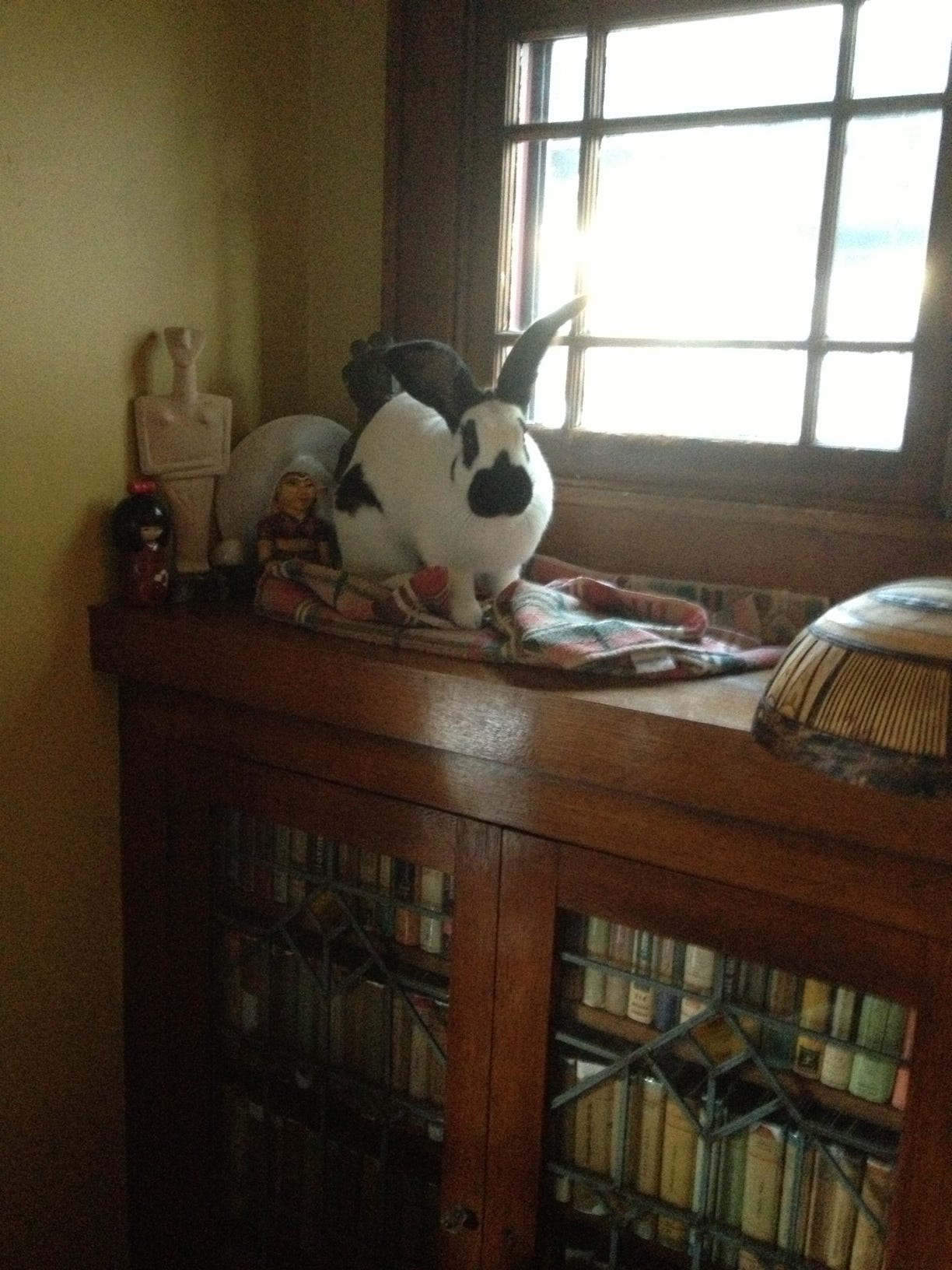
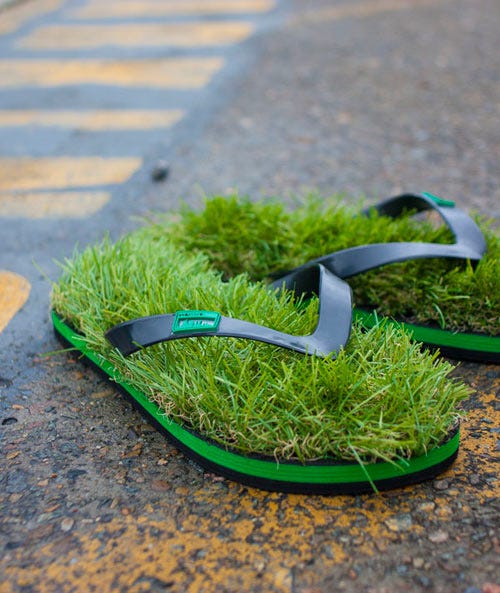
Fascinating post, thank you! I like the concept of "engaged discomfort" - something I have intuitively tried to practice, by wandering around industrial estates (past no entry signs!) or walking at night.